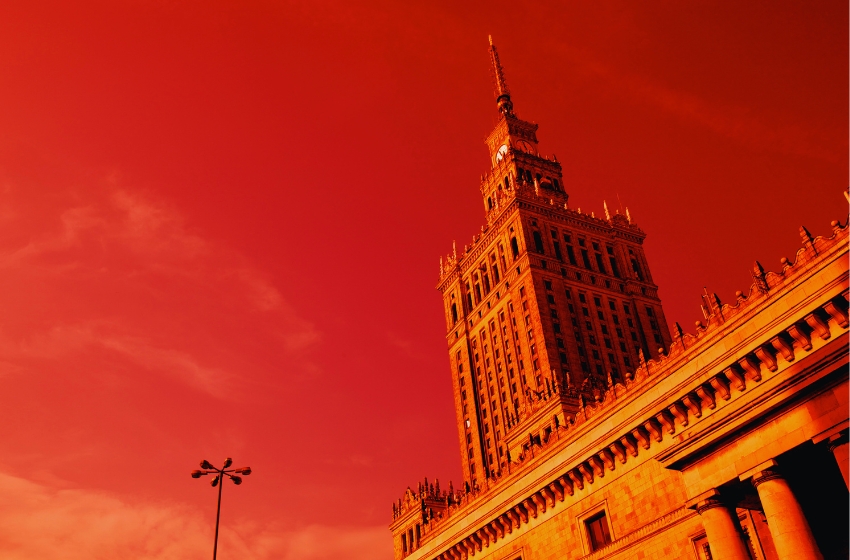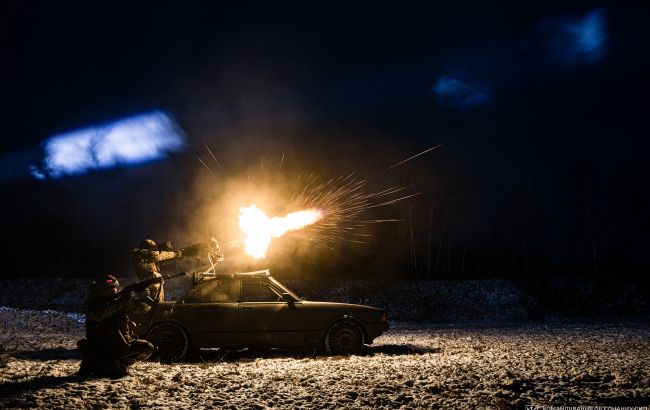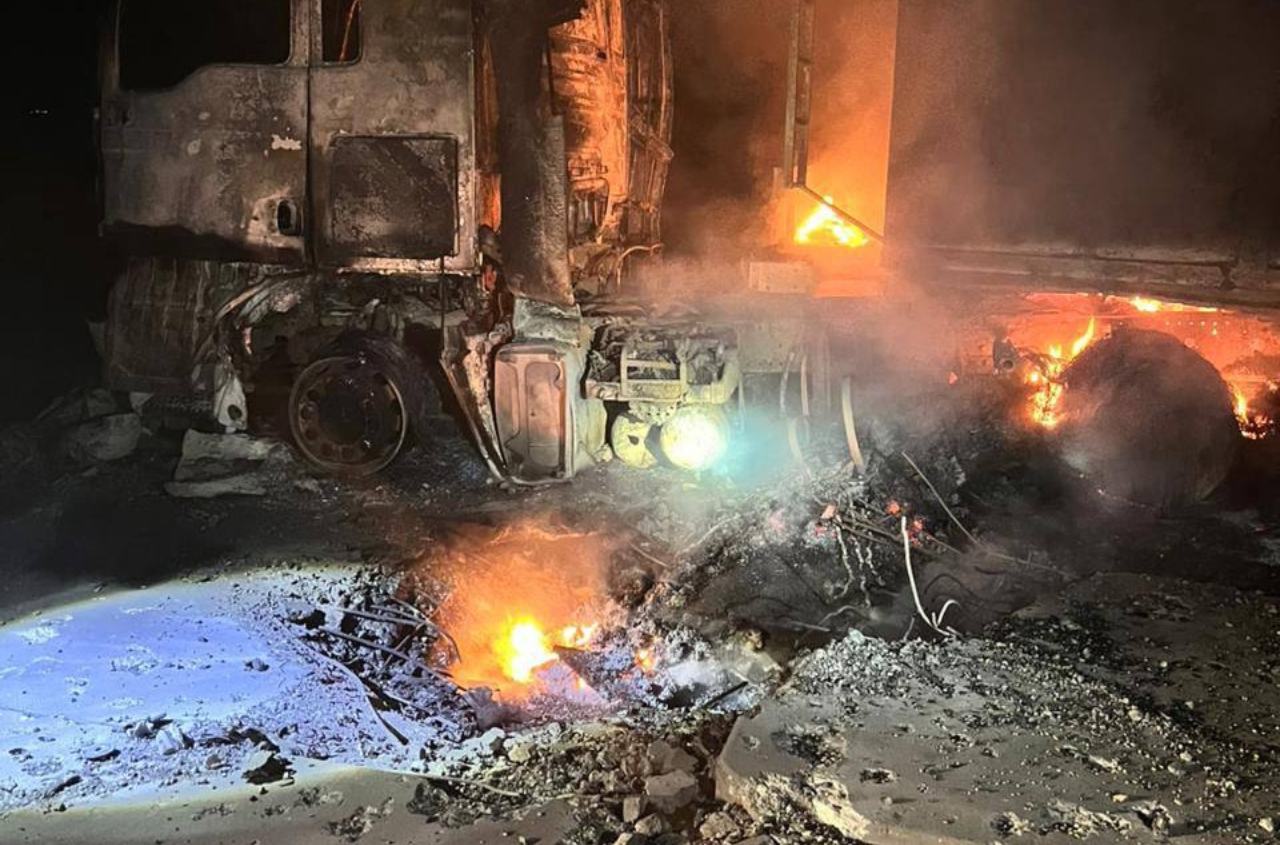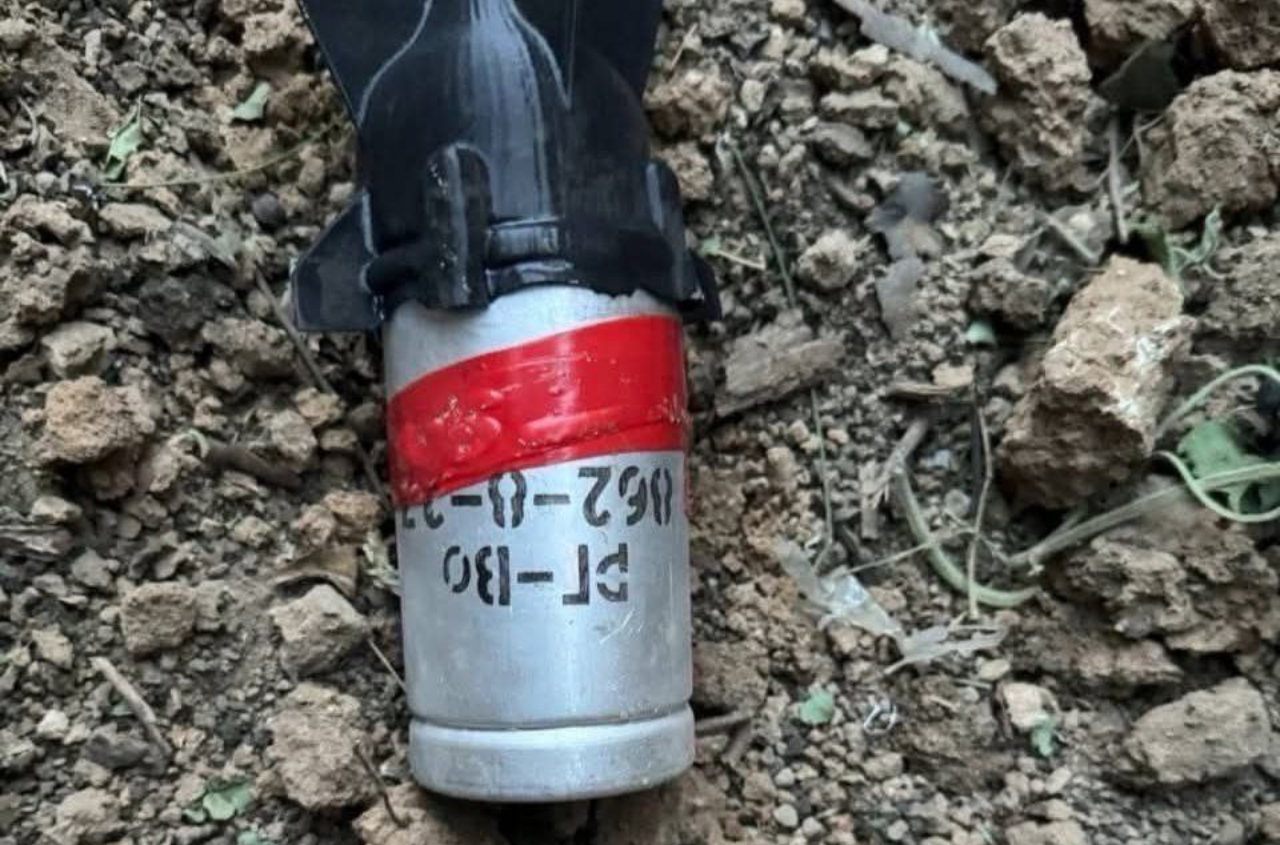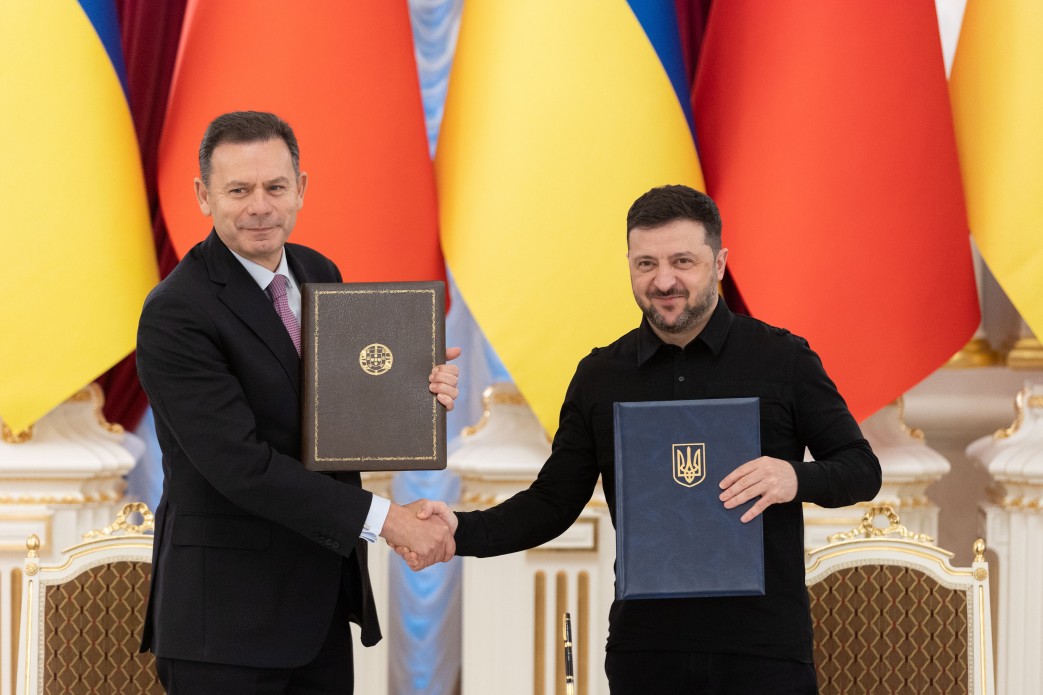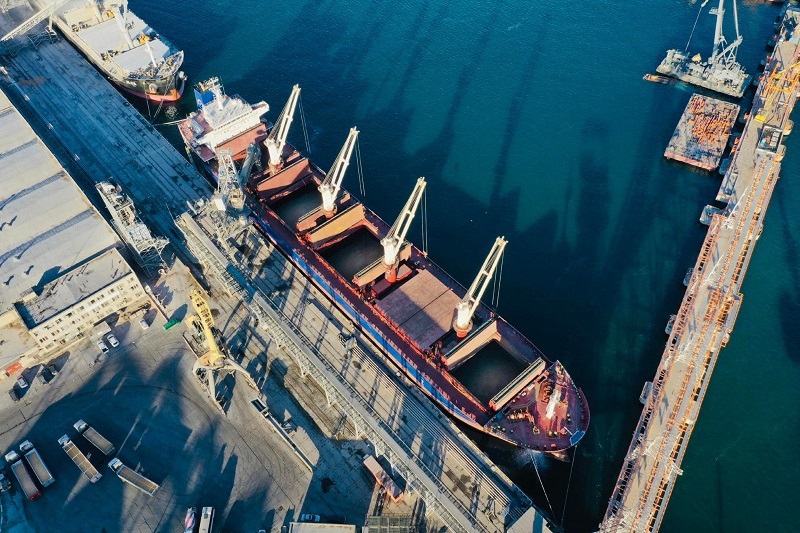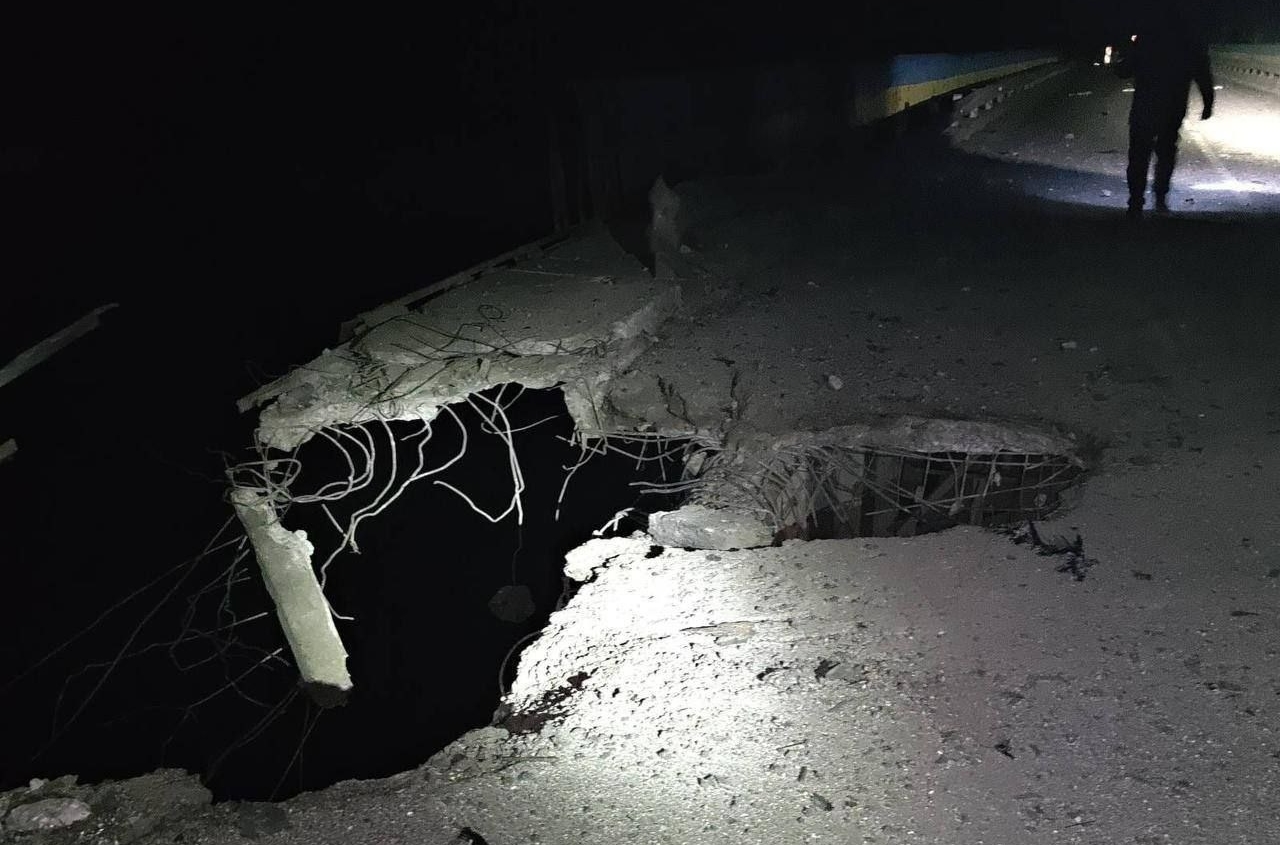What is Putin striving for? Strangely enough, this question remains relevant three years after the start of the war, which he shows no willingness to end, even under conditions highly favorable to himself.
At first glance, Putin’s actions appear irrational. He rejected Trump’s generous offer, which effectively would have granted him a sort of indulgence for the aggression against Ukraine, while partially legitimizing the annexation of illegally occupied territories, and yet demanded an additional, still unconquered strip of Donbas land measuring several dozen kilometers.
What’s the catch here? I doubt it’s solely about the strategic value of that territory. Putin needs a “symbol of victory,” a kind of “scalp” that the barbarians gleefully remove from a defeated enemy. Capturing these territories is no more than a “certificate” confirming, for Putin, the achievement of some other goal not immediately apparent. But what goal?
Understanding Putin’s current actions is only possible by placing them in the context of the broader, strategic objectives of this war—not only for him personally but, through him, for Russia. As strange as it may seem, the West still lacks a precise understanding of these objectives. There are hypotheses that, to me personally, seem unconvincing and reduce Putin’s motivations to irrational factors:
- innate imperialism and an instinctive drive for unlimited territorial expansion;
- emotional revanchism and an unconscious desire to restore the USSR;
- a survival instinct and a drive for “permanent war” as a method of maintaining personal power .
Echoing Lope de Vega, I would say that “all this is both clever and foolish.” Clever, because all three motives indeed exist. Foolish, because it is important to distinguish between motives and goals. The irrationality of motives does not necessarily imply the irrationality of goals. Just as the sleep of reason produces monsters, monsters can sometimes produce entirely rational strategies.
Despite the madness of the methods chosen to achieve them, Russia’s foreign policy ambitions today appear more rational than irrational. At the very least, one can say with a high degree of confidence what Russia is not striving for today (and in this sense, Putin is entirely sincere in his “Valdai” speech, this time delivered in Sochi):
- Russia is not seeking new territorial conquests (exceptions may include select strategic points whose control affects the global security system);
- Russia has no intention of restoring the USSR in its previous form or assuming responsibility for the fate of formerly controlled territories;
- Russia does not plan to invade Europe, even Eastern or Central Europe, let alone Western Europe.
Nevertheless, all of this could happen under a negative scenario, contrary to the current intentions of Russia’s leadership, as a side effect—albeit an undesired one—of its deliberate actions aimed at achieving entirely different objectives that are genuinely significant for Putin.
Unfortunately, we often confuse the answers to two completely different questions: what is Putin striving for, and how far is he willing to go to achieve it? Putin does not seek to fight Europe, but he will not hesitate to wage war in Europe if it becomes necessary for the survival of his regime.
If we were to describe with one metaphor what Putin initially wanted from Europe (and possibly still wants), it would be a desire to renegotiate the Helsinki Accords and reissue a détente-like framework adapted to the new circumstances.
The most important elements of this framework for Putin are “non-interference in internal affairs” and the principle of inviolable borders, which he interprets as a division of spheres of influence.
These foreign policy maxims of Putin are far from original and reproduce the enduring assumptions of Russian foreign policy that have existed under every regime. For centuries, Russian foreign policy has been shaped primarily from the perspective of ensuring a very specifically understood form of security.
What constituted the minimal Russian “insurance policy” is fairly well known. Its constants have not changed over the past couple of centuries:
- The presence of a neutrally friendly buffer (a “limithroph”) along its borders, separating Russia from competing civilizational (imperial) powers in the West, South, and East;
- Direct involvement in resolving political and economic issues in Europe (and, of course, in Asia as well) that affect economic and military security;
- Limiting excessive foreign influence both in the domestic market and, naturally, in politics.
I will not venture to discuss how “legitimate” these Russian claims are in themselves, or how they compare with the actual practices of Western states—for example, Britain’s views on security in the Falklands conflict, or Trump’s ideas about annexing Greenland and the Panama Canal in the context of global rivalry with China—but it is hardly fair to say that these claims were unique or unexpected. Russia has expressed similar ambitions, metaphorically speaking, since the time of “Tsar Gorokh,” and Europe should not have been surprised. The difference is that Europe responded “differently” this time.
Europe had previously been willing to compromise with Russia. Paris applauded the Polish uprising, but no war was declared on the Tsar. Uprisings in Hungary, Czechoslovakia, and Poland were crushed by Soviet tanks, yet “peaceful coexistence” was not shaken. Now it is different, because what had been forgiven to Jupiter (to two twin empires—the Russian and Soviet) is deemed unforgivable to Putin’s empire. There are several reasons for this, two main ones being:
- The post-Soviet empire was immediately held to “excessive expectations”—to be like Europe (largely fueled from within by the liberal-democratic camp that came to power in Russia);
- Post-Soviet Russia was initially viewed in Europe as a failed state—a “waning country,” having lost the Cold War and undergoing “semi-collapse,” its place in Europe defined precisely by this defeat.
Clearly, these two premises contradict each other, but in practice, they complemented each other perfectly, supporting the concept of Europe’s “limitless expansion”—not only into former Warsaw Pact countries but also into newly formed states in the post-Soviet space. And by the way, if this expansion did not occur on Russia’s eastern border, it was not due to Western self-restraint, but because of the presence of China with its own view of what constitutes “geopolitical fortune.”
The question of the long-term future of relations between Russia and Europe is currently practically divided into two sub-questions:
- Considering Russia’s ambitions to divide spheres of influence and Europe’s reciprocal ambitions not to make concessions to Russia or divide any spheres at all, is a compromise between them even possible in principle, or is everything we are witnessing today merely a prolonged overture to a major war between Russia and NATO, which cannot be avoided but can be delayed in the hope that “either the shah dies or the donkey” (though, of course, everyone bets on the shah)?
- If a compromise is indeed possible, under roughly what conditions and circumstances could it occur?
However, before answering these questions, it is necessary to outline the options that exist today:
- Endless war. The hot phase of the war in Ukraine continues. Hybrid warfare, in one form or another, is taking place at least in the Baltic states and Poland, and likely across all of Europe. China and the United States, despite failing to coordinate, still commit to long-term obligations to supply the warring sides with missing weapons and dual-use technology—either at their own expense (China–Russia) or using European Union funds (US–Ukraine).
- Cold war. One side either loses its nerve or runs out of resources and accepts a ceasefire under terms it currently rejects. Meanwhile, the other side is too exhausted—morally and physically—to exploit its advantage (similar to the Russo-Japanese War of 1904–1905). The front line freezes at the moment of the agreement or along another negotiated line (less likely). Such relations could become a model of the North and South Korean situation, which arose under similar circumstances. Hysteria continues on both sides, arms races persist, and the militarization of consciousness remains active—essentially a “cold war in its hot phase.” In this scenario, the resumption of hostilities in some form after force regrouping is the most likely development. Further changes are only possible after a regime change in one of the warring countries.
- “Peaceful coexistence.” Military actions are suspended under conditions similar to the “cold war” scenario, but unlike that scenario, the sides do not limit themselves to questions about the demarcation of armies and related matters. Instead, they move further and attempt to regulate the collective security system in Europe as a whole, taking “realities on the ground” into account (which partly means that Europe concedes somewhat to Putin or his successor’s ambitions, as changing the parameters of this existing security system was a strategic war objective for the Kremlin, aside from its domestic motives). In this case, there is a chance to navigate a transitional period until a power change in Russia occurs “at minimal cost” without a relapse into the hot phase of war. However, this possibility comes at a significant price.
I should immediately note that, in my view, the first two scenarios are the most likely, while the third is the most desirable. Nevertheless, the chances of realizing this third option are not zero. Its foundation is that it has both a historical precedent and a well-known name. That name is the “Paasikivi–Kekkonen line.”
In contemporary political discourse, this precedent has acquired the derogatory label “Finlandization,” which is often regarded as a symbol of appeasement and weakness. In my view, this is a superficial assessment of one of the most successful political projects in postwar European history, which uniquely proved its effectiveness twice—both “at the entry” in the 1940s and “at the exit” in the 1990s.









